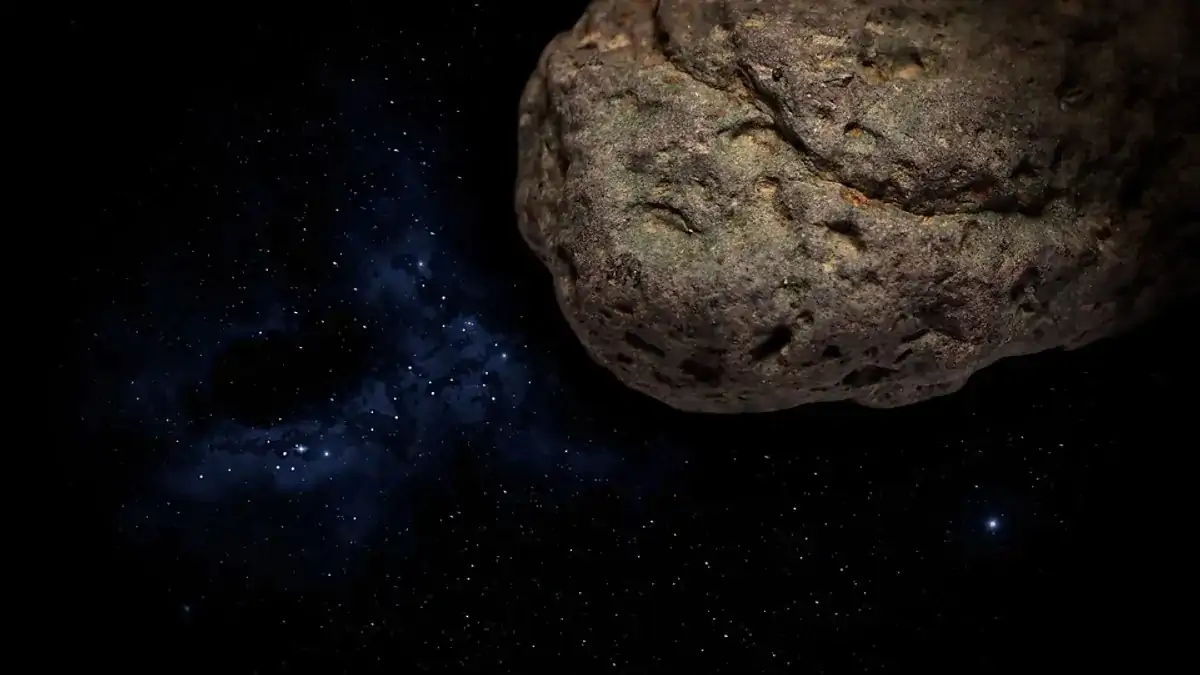A new study from the University of Florida has found that 85 percent of our solar system's asteroid belt between Mars and Jupiter is made up of the remnants of five or six ancient small planets.
Lead author on the newly published research paper Stanley Dermott says it's likely that the remaining 15 percent could also end up being from old planets too.
Research into the asteroid belt offers insights into the way our own Earth was formed. It also gives scientists critical information about the formation of the asteroid and offers the opportunity to determine if any matter is going to peel off and head towards earth.
"If ever one of these comes towards the earth, and we want to deflect it, we need to know what its nature is."
"These large bodies whiz by the Earth, so of course we're very concerned about how many of these there are and what types of material are in them," Dermott said in a press release. "If ever one of these comes towards the earth, and we want to deflect it, we need to know what its nature is."
The study discovered that the size of the asteroid determines its orbit. This discovery suggests that the differences we observe in meteorites found on Earth relate to the evolutionary changes that occurred inside a few large, vanguard bodies that existed more than four billion years ago.
“I wouldn’t be surprised if we eventually trace the origins of all asteroids in the main asteroid belt, not just those in the inner belt, to a small number of known parent bodies,” Dermott said. This research helps theoretical astronomers in their quest to investigate where planets like our own might exist in the universe.
But before those questions can be fully understood it is crucial to more fully understand the processes that produced the planet we live on. Last month NASA discovered an asteroid heading on a collision course with Earth.
NASA observes earthbound asteroid
The asteroid burned up before impact, but its observation provided scientists with more information about the nature and behavior of the chunks of rock.
[see-also]
NASA was excited to discover the asteroid, the on course for collision object is only the third asteroid discovered by the agency to make an impact with Earth on an impact trajectory.
It was only the second asteroid to have been determined ahead of time to likely make an impact. Lindley Johnson, an official at NASA's Planetary Defense team described planetary defense team's thoughts saying:
"[T]his real-world event allows us to exercise our capabilities and gives some confidence our impact prediction models are adequate to respond to the potential impact of a larger object."
Via: UFL




